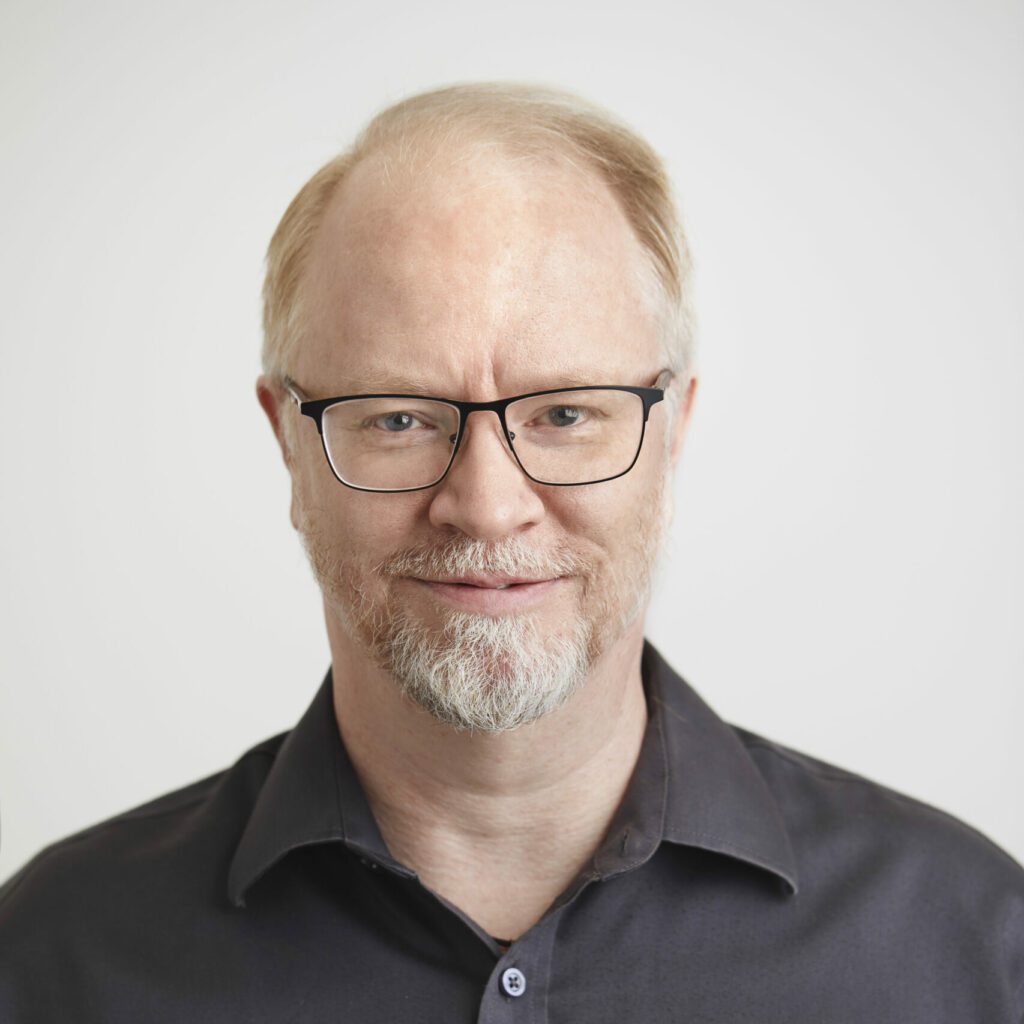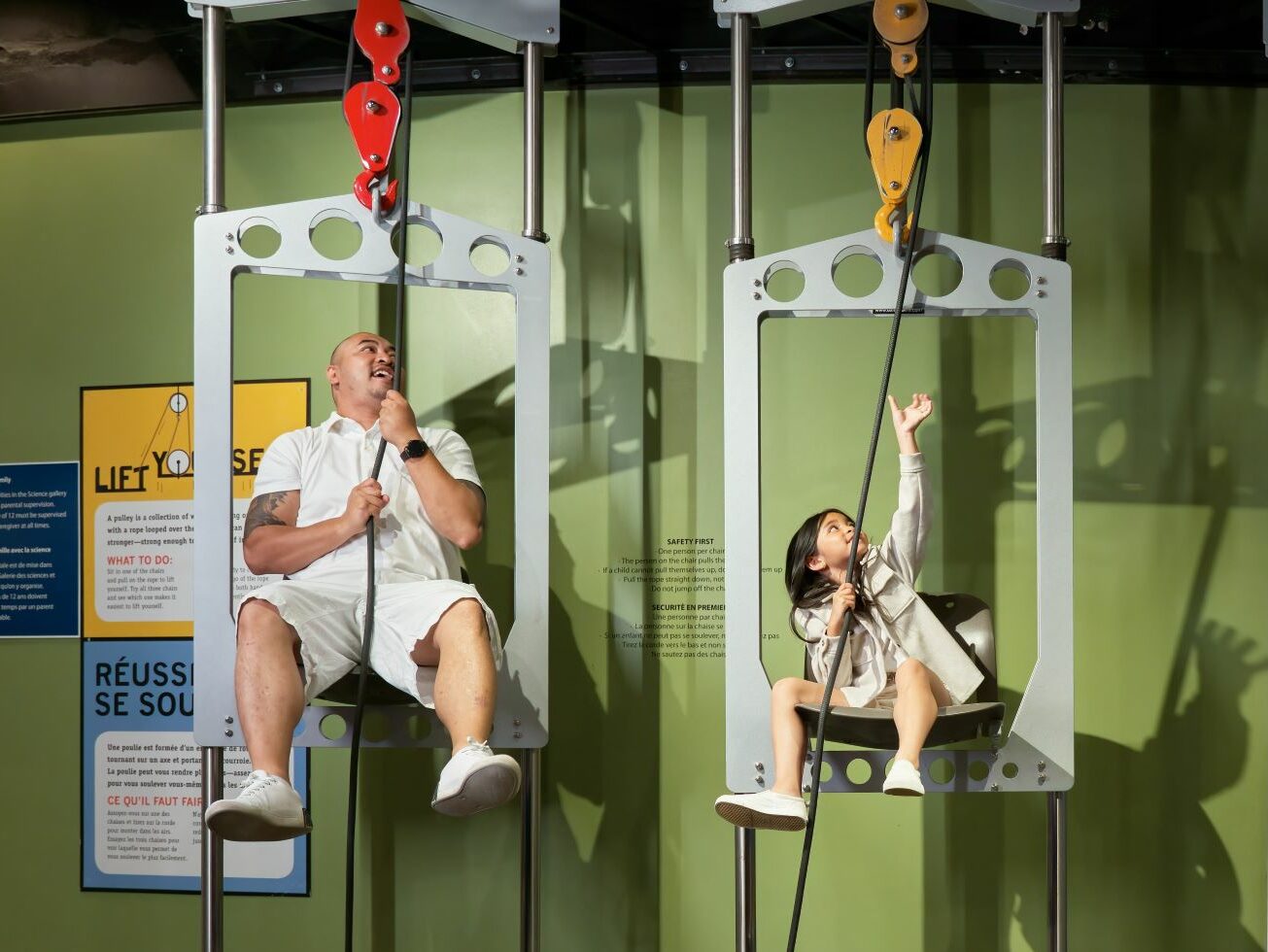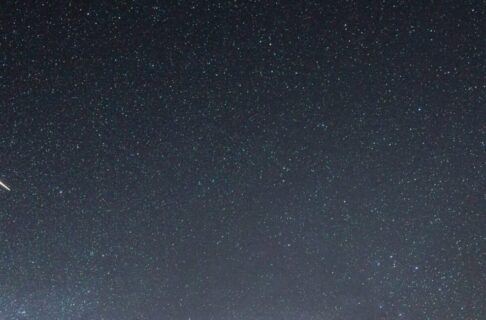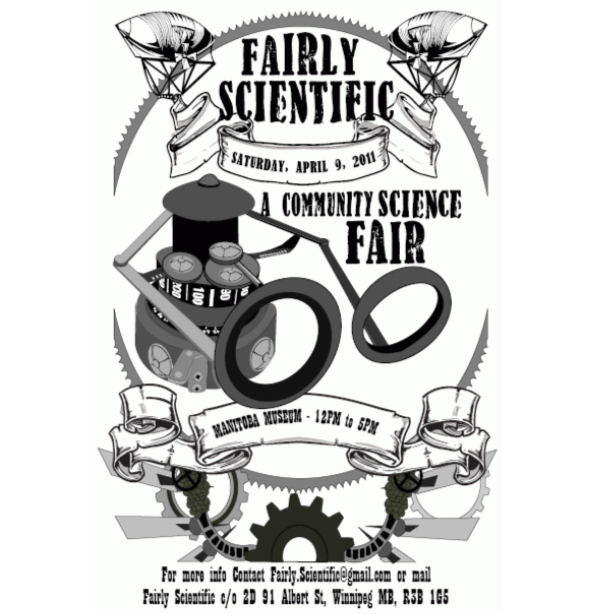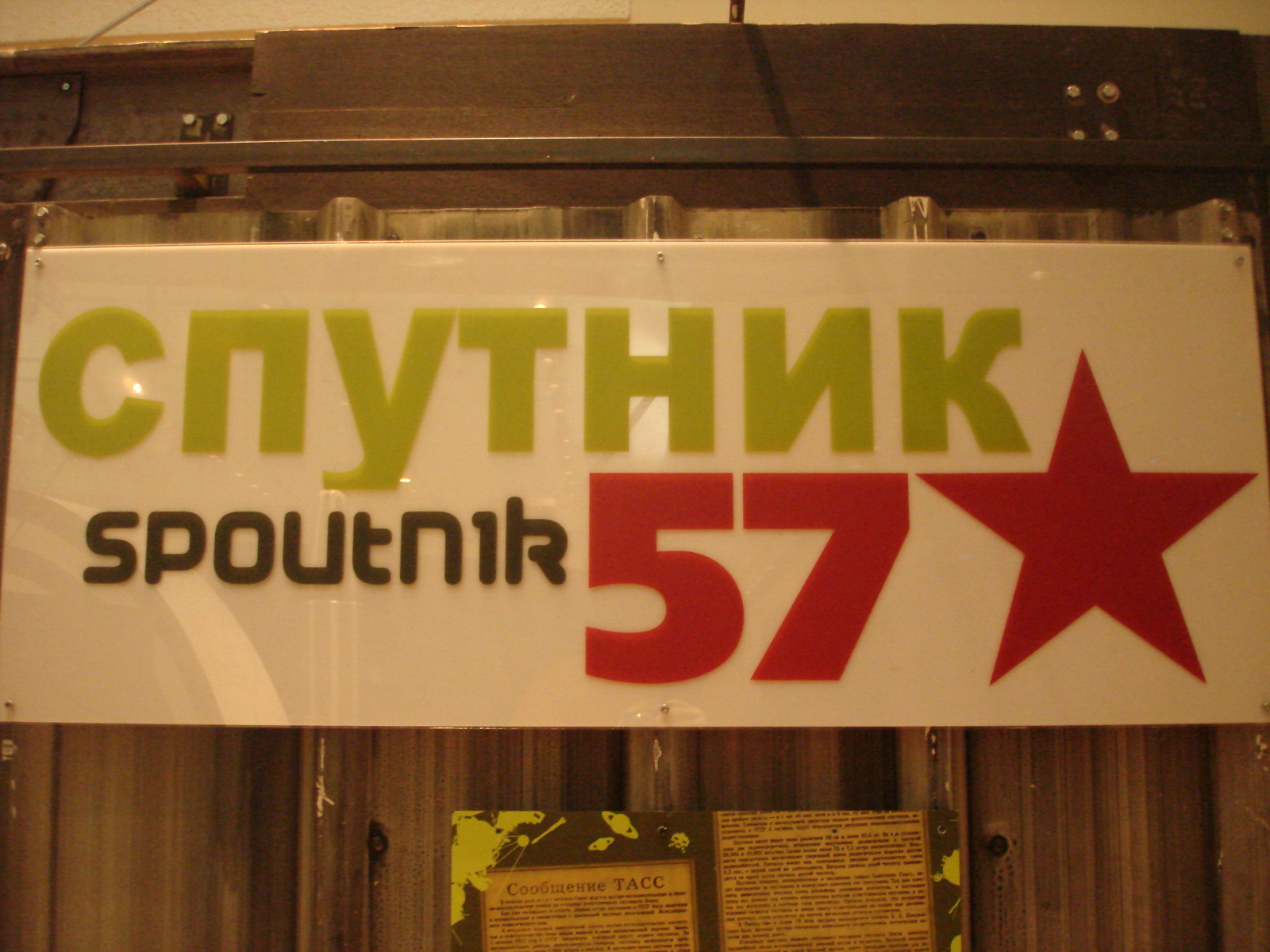Posted on: Thursday April 14, 2011
April 12, 1961 – a date that will forever be a part of human history. The date that humanity became a spacefaring species. This achievement ranks amongst the greatest of human accomplishments – fire, the wheel, agriculture, the electric guitar – and its long-reaching effects are still rippling through our future.
On April 12, 1961, Yuri Gagarin boarded the Vostok spacecraft and flew once around the Earth. HIs 108-minute flight was significant only for its newness; the flight would be easily surpassed by both the Soviets and the Americans within a year, Gagarin became a world hero, not just for the Soviet Union but for all of us – he had gone where no one had gone before, and returned safely, blazing a trail that many of us still yearn to follow.
If you want to see what Yuri’s flight was like, watch the film First Orbit – a beautiful real-time recreation of the flight, using out-the-window imagery shot from the International Space Station, which closely mimics the Vostok’s flight path. Premiered on 12 April 2011, the film celebrates the 50 years that we have been leaving Earth for the vacuum of space. I can’t help but wonder what the next 50 years bring, both in spaceflight and in other events. Will we build on Yuri’s flight and push our frontiers ever farther, or remained mired in short-sighted and short-term plans to stay the course in space? We’ll see.
For myself, I echo Yuri’s first words after the Vostok’s carrier rocket lifted off the pad: “Poyekhali!” Translation: “Let’s go!”
